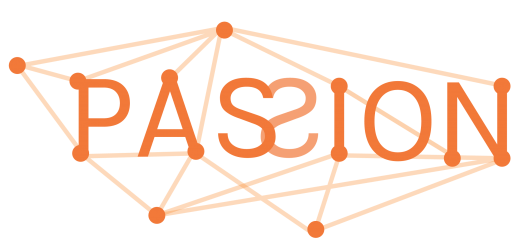
EU Scientists are harnessing next generation lasers to create light-speed high capacity connections and remove the data bottlenecks that could cause the internet to stop as demand increases.
A group of EU-funded researchers are incorporating VCSEL laser sources with silicon photonics to develop long wavelength, high capacity connections for the very first time, paving the way for light-speed high capacity connectivity, and powering new ‘smart’ services like future gaming and on-demand TV.
A Vertical Cavity Surface Emitting Laser (VCSEL) is a specialised laser diode that promises to revolutionise fibre optic communications by improving efficiency and increasing data speed.
Future smart devices and high capacity connections
Future smart services require a massive overhaul of current internet infrastructure. Data ‘bottlenecks’, caused by the volume of users with increasingly sophisticated devices running, music, video, gaming, AI, VR and telecommunications, need to be freed up.
These super-fast components have the potential to revolutionise smart services that consume data for connected citizens of the future.
Whilst VCSELs have been used in data communications for short-distance connections in intra-data centres, using these infrared lasers for long wavelength, and high capacity communications has never been done before.
The research group ‘PASSION’ is keen to exploit VCSEL light sources due to their high transmission efficiency and minimal power consumption. Project coordinator, Professor Pierpaolo Boffi said: “VCSELs … have the advantages of low driving current, high light-power conversion efficiency and high directivity. This makes them an ideal choice for transmitting huge amounts of data in a low cost, energy efficient way.”
Light-Speed Networks
Project coordinator Professor Pierpaolo Boffi said: “We need a lighter and more flexible internet with low energy consumption. Otherwise, the future internet costs will be unsustainable.”
To support a low energy, sustainable communications infrastructure with new photonics technologies, the PASSION group came together to tackle the incoming capacity limitations in optical fibre networks in our cities.
Boffi said: “Fibre optic networks for the effective transmission and routing of a huge amount of data in our cities have undergone frequent development in the last ten years. However, we are now in a situation where bottlenecks in the transmission and the routing of data are becoming inevitable”
“PASSION will come up with new transmission, detection, and routing solutions as well as an advanced network architecture based on innovative laser sources. These solutions ensure a transmission rate of more than 100 Tb/s per link and a switching capacity of over 1 Pb/s per node”.
VCSEL silicon photonics
Developing a new technological platform for their network components, the group will incorporate VCSELs to silicon photonics for the further reduction of the packaging costs of such a technology platform.
VCSELs, the key components in 3D sensing, are currently used in popular electronics platforms, for example, in range finders for smart phone cameras such as Face ID and Animoji.
However, installing such a technology in silicon photonics for high speed internet is a real challenge. PASSION project manager Paola Parolari concludes: “VCSELs could be the next big leap in metro communications. They are already employed widely in data communications, in intra-data centre short-distance connections for example. However exploiting VCSELs, emitting at long wavelengths and integrated in silicon photonics to realise multi-channel modules with very high communication capacity can have tremendous impacts on the fibre networks of our cities in terms of cost, footprint and energy saving”.
Coordinated by the PASSION consortium secured a grant of €7,535,747 from the European Commission under the H2020 funding programme and was funded under the Photonics Public Private Partnership.
source:https://www.scitecheuropa.eu/harness-photonics-high-capacity-connections/88137/



